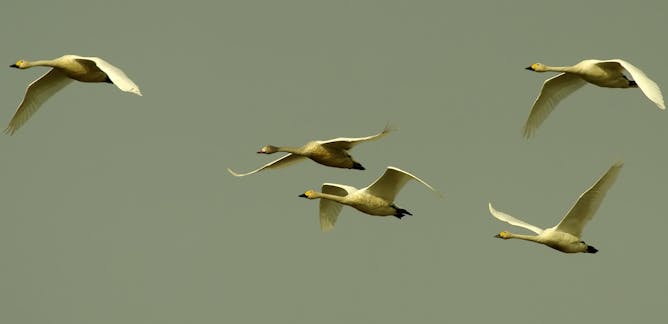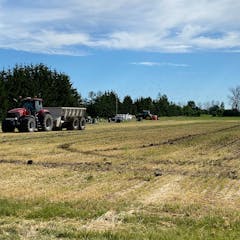
Articles on Farmland
Displaying 1 - 20 of 29 articles

As climate change threatens their food supply, migratory birds may find help in an unlikely place.

Britain has lost large areas of semi-natural habitat since the 1930s.

We need to pay close attention to the potential impacts that high levels of microplastics might have on environments and find ways to reduce microplastic levels in Canada’s wastewater stream.

Palm oil is used in half the products sold in global supermarkets. Much of the oil comes from Indonesia where it is grown on plantations that are relatively inefficient, but occupy huge areas of land.

Insect-eating birds such as swifts and yellow wagtails are particularly vulnerable.

Farm consolidation, increasing land concentration and expanding investor ownership of farmland is leading to growing land inequality in the Canadian Prairies.

Environmental groups have criticised the government’s approach to nature – but what is this approach and why is it concerning?

The ability of the Osun River to support biodiversity is being threatened by pollution and can only be rescued if the contamination ends.

Up to 42,000 tonnes a year of microplastics are removed from sewage, spread on fields as fertiliser and eventually wash back into watercourses.

Increasing revegetation from 1% to 10% of the landscape doubled the number of woodland bird species. The collective efforts of landowners can make a real difference for native wildlife.

Up to 85% of the nectar available to pollinating insects in a city comes from gardens. What we plant – whether in an allotment or a window box – can make a huge difference.

Such tension has played out over many decades between agricultural communities and coal companies. We can avoid history repeating itself if we urgently set the right policies and laws in place.

Long before climate change was evident, California began planning a system of canals and reservoirs to carry water from the mountains to drier farms and cities. It’s no longer enough.

As governments and corporations pledge to help the planet by planting trillions of trees, a new study spotlights an effective, low-cost alternative: letting tropical forests regrow naturally.

Nature-based solutions can help us sustainably tackle climate disasters - but to do that, they urgently need policy support.

“Will it become a wood again, how long will it take, which species will be in it?”

Enabling wildlife to journey across farmlands not only benefits conservation, but also people. It means bees can improve crop pollination, and seed-dispersing birds can help restore ecosystems.

Canadian residential real estate and farmland have historically proven to be strategic hedges against inflation.

Year round local food production is within our grasp, and will slash agriculture’s climate impact — but only if we embrace agricultural technology.

The spread of tawny crazy ants may be driven, in part, by their need for calcium. The calcium-rich limestone bedrock of the lower U.S. Midwest may provide ideal conditions for populations to explode.
